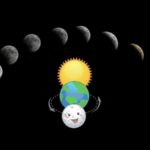A lunar eclipse is one of the most fascinating astronomical phenomena that captivates people worldwide. It offers a unique opportunity to witness the Moon’s extraordinary and rare sights, especially during a super blood moon lunar eclipse. Let’s delve into the intriguing details of this celestial event.
1 What is a Lunar Eclipse? Understanding the Cause.
A lunar eclipse is an astronomical phenomenon involving the alignment of the Moon, Sun, and Earth. They form a straight or near-straight line with the Earth positioned in the middle.
 A lunar eclipse occurs when the Moon, Earth, and Sun align.
A lunar eclipse occurs when the Moon, Earth, and Sun align.
During a lunar eclipse, the Moon moves into the Earth’s umbra, causing the Earth to block the Sun’s light from reaching the Moon partially or entirely.
As we know, the Moon doesn’t emit light on its own; it reflects sunlight. When the Earth blocks sunlight from reaching the Moon, the Moon gradually darkens, creating a lunar eclipse.
For further exploration:
2 When is the Next Lunar Eclipse in 2022?
The world will witness the final lunar eclipse of 2022 on November 8. This total lunar eclipse will be visible in various locations, including parts of Asia, Australia, North America, Northern and Eastern Europe, the North Pole, and most of South America.
 The 2022 lunar eclipse will occur on November 8.
The 2022 lunar eclipse will occur on November 8.
In Vietnam, this astronomical event will also be visible to the naked eye if the sky is clear without the need for any special equipment.
3 Types of Lunar Eclipses
Total Lunar Eclipse
A total lunar eclipse occurs when the Moon enters the Earth’s umbra, also known as a “blood moon” event. The Moon’s light dims, and only a reddish or dark orange hue remains visible due to the Earth’s atmosphere blocking the shorter-wavelength sunlight. Only the longer-wavelength red and orange light reaches the Moon.
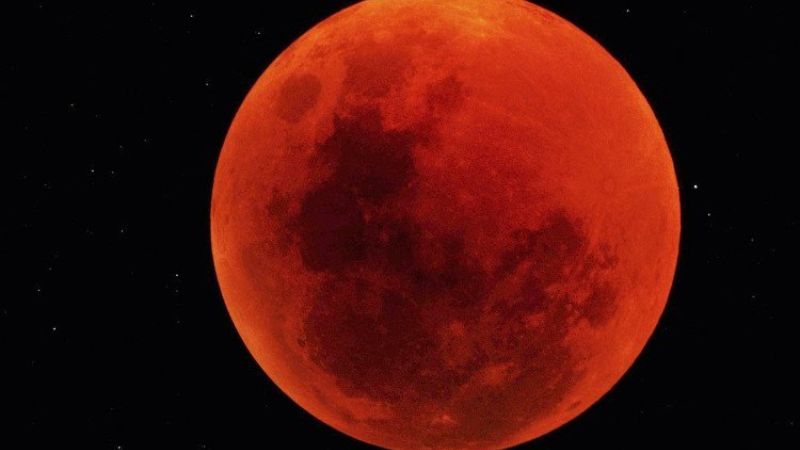 Total Lunar Eclipse
Total Lunar Eclipse
Partial Lunar Eclipse
A partial lunar eclipse happens when the Moon, Earth, and Sun are almost in a straight line. The Moon’s light becomes dimmer and partially obscured. The Earth’s shadow appears red or dark, blocking the Sun’s light from reaching the Moon. It typically occurs before or after a total lunar eclipse.
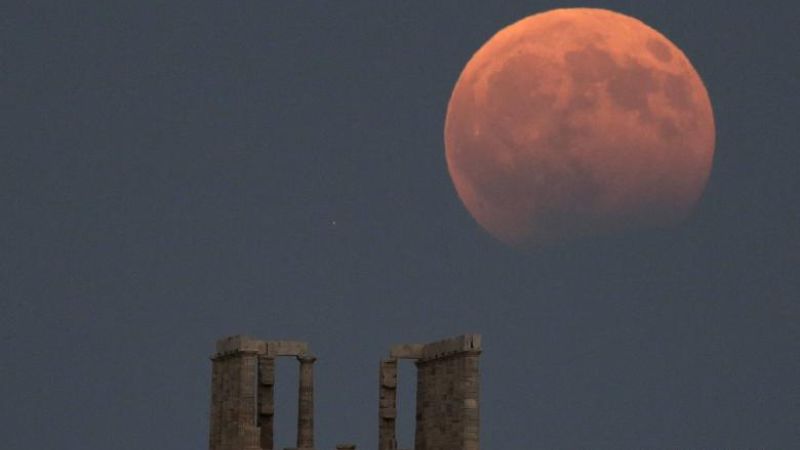 Partial Lunar Eclipse
Partial Lunar Eclipse
Penumbral Lunar Eclipse
This type of eclipse occurs when the Moon enters the Earth’s penumbra, the outer part of its shadow. The Moon’s light gradually dims and darkens, and this phenomenon is challenging to observe with the naked eye, requiring astronomical equipment for a clear view.
 Penumbral Lunar Eclipse
Penumbral Lunar Eclipse
4 How Does a Lunar Eclipse Affect the Earth?
The Earth constantly experiences gravitational forces from both the Moon and the Sun. Usually, these forces do not act on the Earth simultaneously because their directions are often misaligned. However, during a lunar eclipse, when the three celestial bodies align, the combined gravitational force on Earth becomes maximal.
This phenomenon leads to stronger and higher tides than usual and can even cause some geological fluctuations.
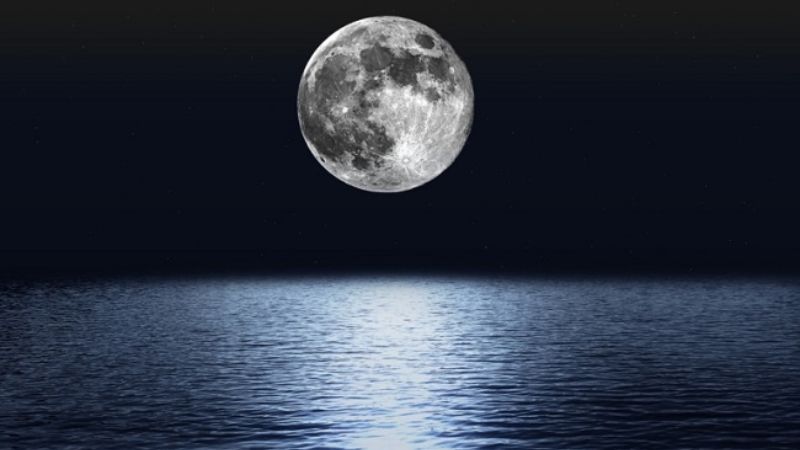 Lunar eclipses can cause higher and stronger tides.
Lunar eclipses can cause higher and stronger tides.
As for humans, experts suggest that this event can reduce melatonin and serotonin levels related to sleep and wake cycles. Consequently, people may experience difficulty sleeping during these nights. However, the impact on human health is not significant. There are also statistics indicating an increase in childbirth during lunar eclipses, but these claims lack solid evidence.
 Lunar eclipses may cause sleep disturbances.
Lunar eclipses may cause sleep disturbances.
5 How to Observe a Lunar Eclipse
You can view a total or partial lunar eclipse with the naked eye if you are in a location within the visible range and the sky is clear. However, for a clearer view, you can use binoculars or a telescope.
On the other hand, a penumbral lunar eclipse cannot be observed with the naked eye, and astronomical equipment is necessary.
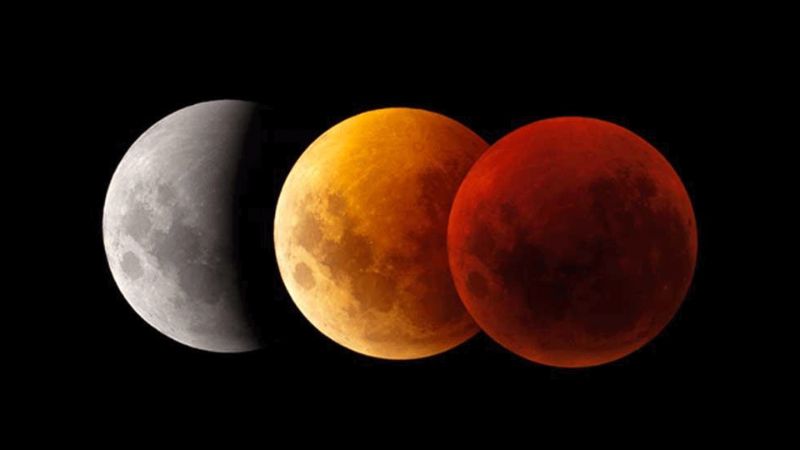 Lunar eclipses can be viewed without special equipment.
Lunar eclipses can be viewed without special equipment.
6 Frequently Asked Questions About Lunar Eclipses
How is a lunar eclipse different from a solar eclipse?
Both lunar and solar eclipses are astronomical phenomena that occur when the Moon, Sun, and Earth align. However, a solar eclipse happens when the Moon is between the Sun and the Earth, blocking sunlight from reaching the Earth during the day.
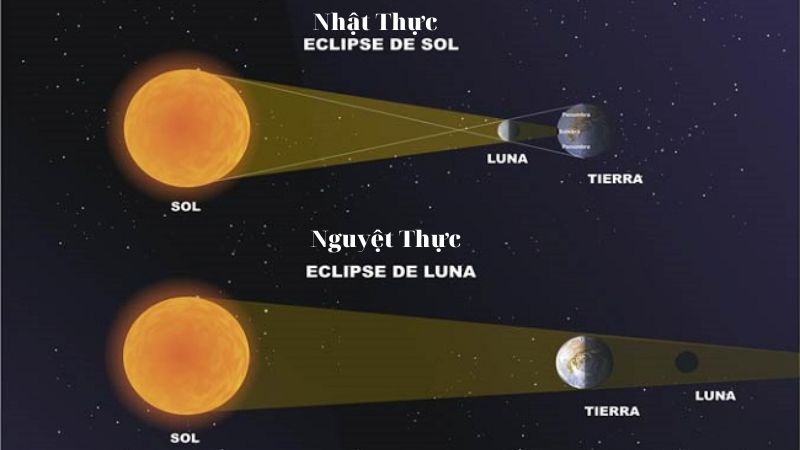 Lunar Eclipse vs. Solar Eclipse
Lunar Eclipse vs. Solar Eclipse
In contrast, a lunar eclipse occurs when the Earth is between the Moon and the Sun, blocking sunlight from reaching the Moon. Lunar eclipses are less frequent, occurring about 1-2 times a year, but they are visible over a more extensive range. On the other hand, solar eclipses can happen 2-5 times a year but are only visible from a narrow path.
Related topic: What is a solar eclipse? When does it occur?
Does a lunar eclipse happen during the day or night?
A lunar eclipse can only occur at night, as this is when the Moon is visible, and the Earth’s shadow can be seen blocking the Sun’s light from reaching the Moon.
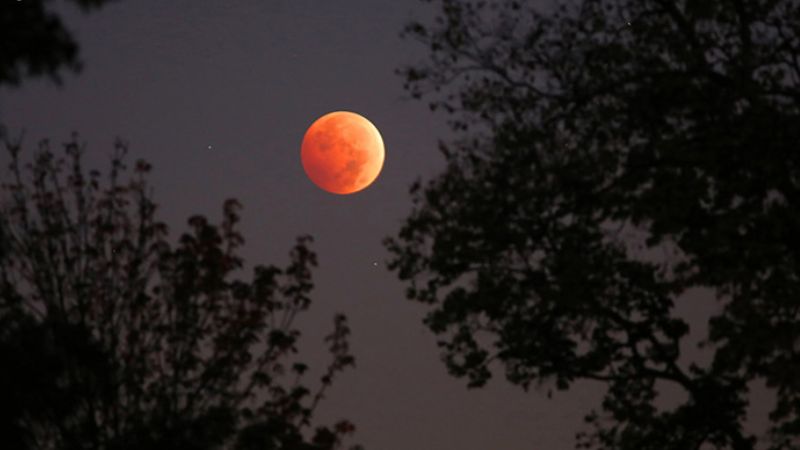 Lunar eclipses occur at night.
Lunar eclipses occur at night.
When was the longest lunar eclipse of the 21st century?
The longest lunar eclipse of the 21st century occurred on November 19, 2021, and lasted for over three hours. In Vietnam, the eclipse reached its maximum at 4:03 p.m., and it could be observed from 5:21 p.m. when the Moon rose.
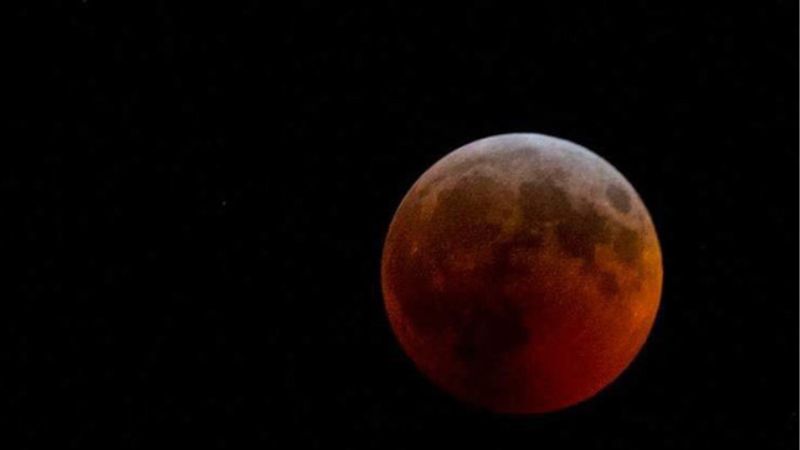 Longest lunar eclipse of the 21st century.
Longest lunar eclipse of the 21st century.
When does the super blood moon lunar eclipse occur?
A super blood moon lunar eclipse is a combination of two phenomena: a supermoon and a blood moon, occurring simultaneously during a total lunar eclipse. The term “blood moon” refers to the reddish or dark orange appearance of the Moon during a total lunar eclipse.
 Super Blood Moon Lunar Eclipse
Super Blood Moon Lunar Eclipse
On the other hand, a supermoon occurs when the Moon comes closest to the Earth (perigee), appearing larger than usual. The super blood moon lunar eclipse is a rare event due to the low probability of these two phenomena coinciding.
Related topic: What is a supermoon? When does it occur?
Why do lunar eclipses usually happen on full moon days?
Lunar eclipses typically occur on full moon days, especially during the night of the 15th, because only during these nights can the Moon, Sun, and Earth align in a straight line. This alignment allows the Earth to block the Sun’s light from reaching the Moon.
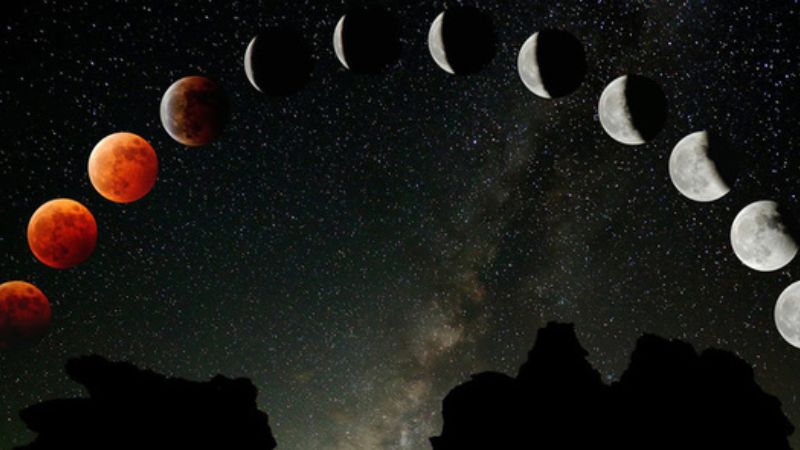 Lunar eclipses usually occur on full moon days.
Lunar eclipses usually occur on full moon days.
7 Stunning Images of Lunar Eclipses
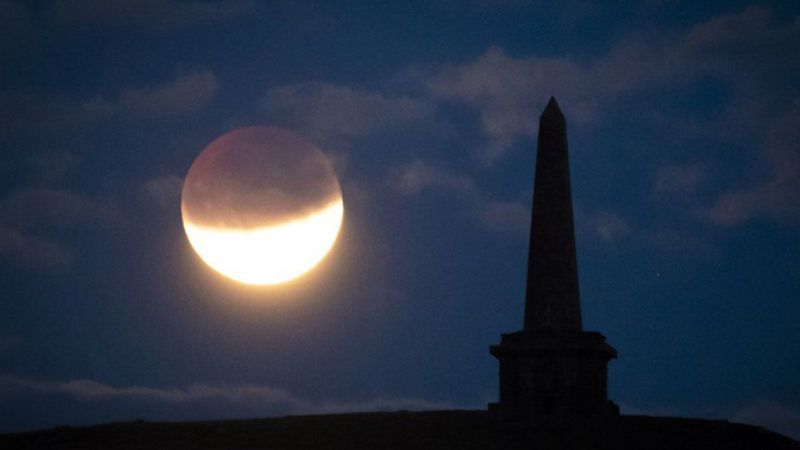 Lunar Eclipse
Lunar Eclipse
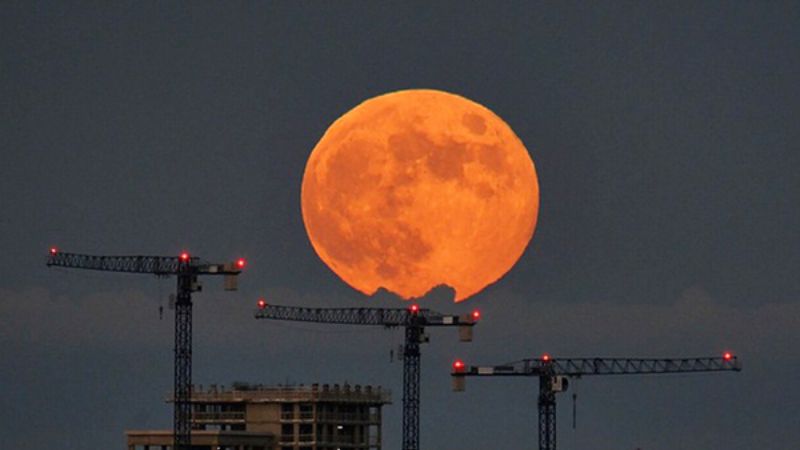 Total Lunar Eclipse
Total Lunar Eclipse
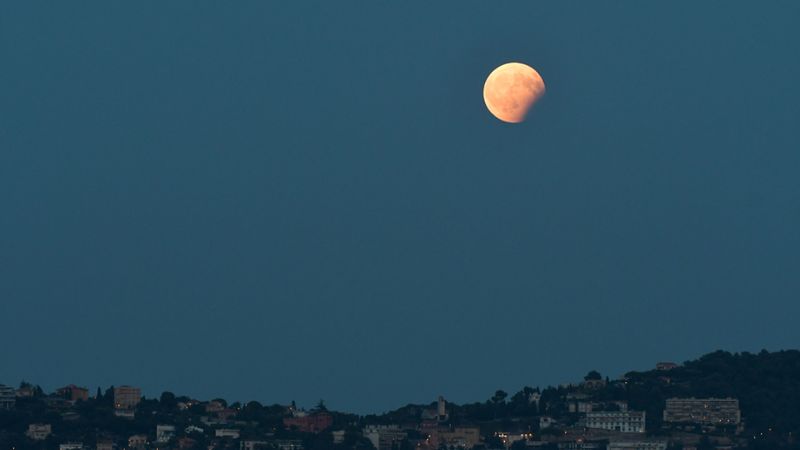 Partial Lunar Eclipse
Partial Lunar Eclipse
 Penumbral Lunar Eclipse
Penumbral Lunar Eclipse
 Lunar eclipses usually occur on the 15th night.
Lunar eclipses usually occur on the 15th night.
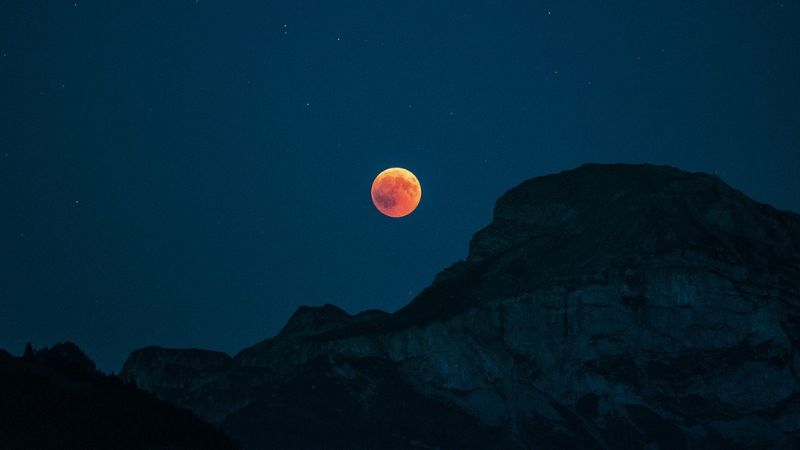 Super Blood Moon Lunar Eclipse
Super Blood Moon Lunar Eclipse
We hope that
What is a Total Lunar Eclipse? When Does it Happen?
A total lunar eclipse occurs when the Moon moves entirely into the Earth’s dark shadow. The upcoming total lunar eclipse, on November 8, 2022, will be a spectacular celestial event, visible to skygazers across the globe. This phenomenon, where the Moon turns a reddish hue, is a result of the Earth blocking sunlight from reaching the Moon. It’s a captivating sight, and one that has inspired curiosity and wonder throughout human history.

























